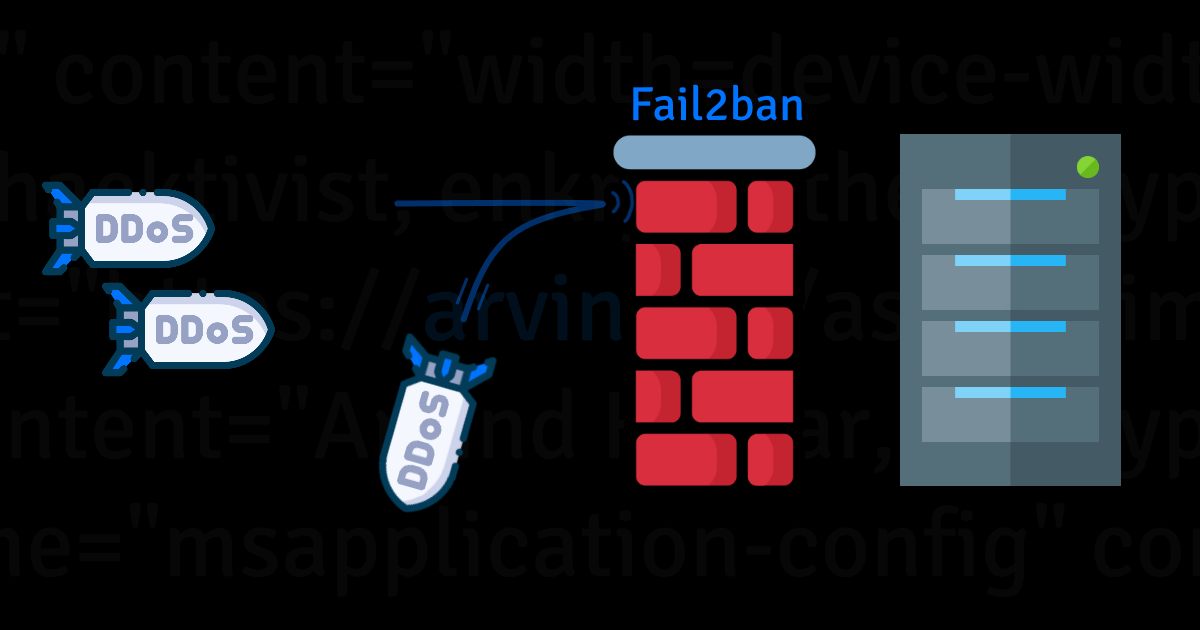

Most days I doomscroll fediverse
Yep. Same. When I worked at an office, my coworkers and I would play ping pong a lot.
Also, I would work on my own software projects. This has the advantage that it looks like you’re doing work work.
Or… go off into a corner of the office and play some games on Steam.
Take long walks. I used to be able to kill about half an hour walking around my old office park. Do more laps…
Drive somewhere kinda far for lunch.
Grind leetcode. Doesn’t hurt to stay sharp.










Uff. That sounds like a nightmare. I’m glad my job doesn’t force us to us AI. It’s encouraged, but also my managers say “Use whatever makes you the most productive.” AI makes me slower because I’m experienced and already know what I want and how I want it. So instead of fighting with the AI or fact checking it, I can just do shit right the first time.
For tasks that I don’t have experience in, a web search is just as fast. Search, click first link. OR. Sure, I’ll click and read a few pages, but that’s not wasted time. That’s called learning.
I have a friend who works at a company where they have AI usage quotas that affect their performance review. I would fucking quit that job immediately. Not all jobs are this crazy.
AI tends to generate tech debt. I have some coworkers that generate nasty, tech debt, AI slop merge requests for review. My policy is: if you’re not gonna take the time to use your brain and write something, then I’m not gonna waste my time reviewing your slop. In those cases, I use AI to “review” the code and decide to approve or not. IDGAF.